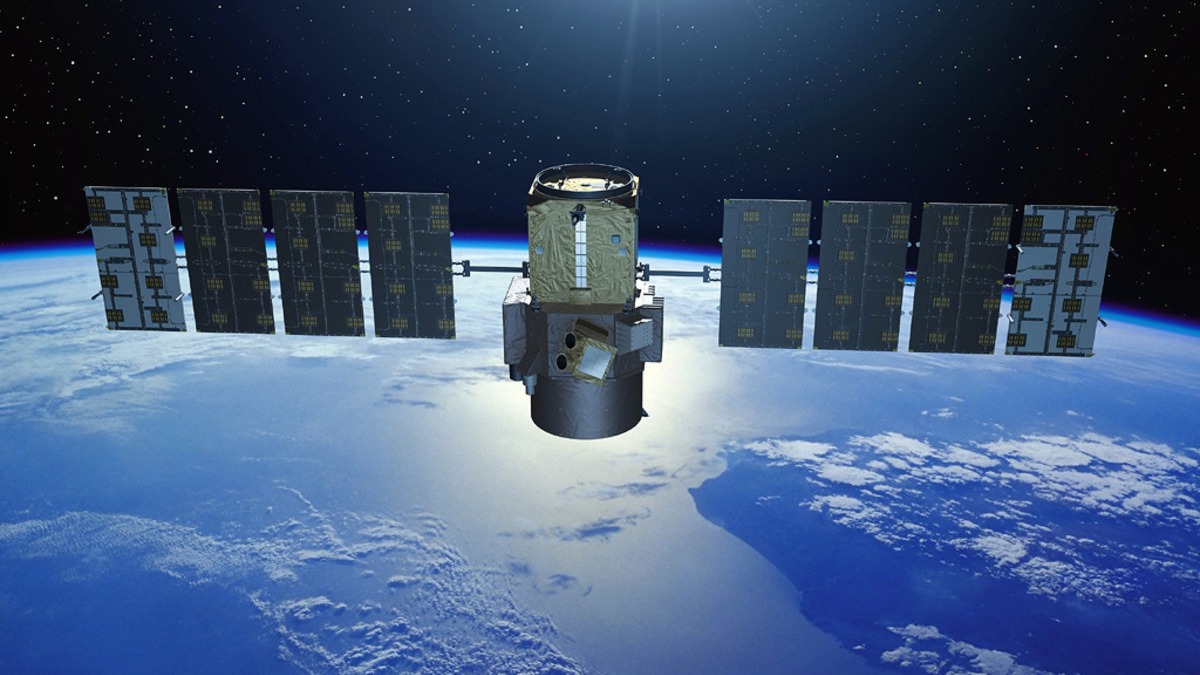Spaceborne lidars are the best tool to monitor long-range-transported smoke

In May–June 2019, smoke plumes from wildfires in Canada were advected all the way (across North America and the North Atlantic) to Europe. The analysis of aerosol mass concentrations over North America and Europe showed that less than one-tenth of the emitted mass survived the transport over the Atlantic Ocean.
Observations of smoke particles from the spaceborne lidar and ground-based lidars were in good agreements, independently from the distance to the source. We found that the reanalysis models had difficulties in reproducing the amount and location of the smoke aerosols during the transport event. Consequently, more spaceborne lidar missions are needed for reliable monitoring of aerosol plumes.
More information:
Xiaoxia Shang, Finnish Meteorological Institute, tel. +358 50 3044824, xiaoxia.shang@fmi.fi
Tero Mielonen, Finnish Meteorological Institute, tel. +358 50 4018738, tero.mielonen@fmi.fi
Shang, X., Lipponen, A., Filioglou, M., Sundström, A.-M., Parrington, M., Buchard, V., Darmenov, A. S., Welton, E. J., Marinou, E., Amiridis, V., Sicard, M., Rodríguez-Gómez, A., Komppula, M., and Mielonen, T.: Monitoring biomass burning aerosol transport using CALIOP observations and reanalysis models: a Canadian wildfire event in 2019, Atmos. Chem. Phys., 24, 1329–1344, https://doi.org/10.5194/acp-24-1329-2024, 2024.
